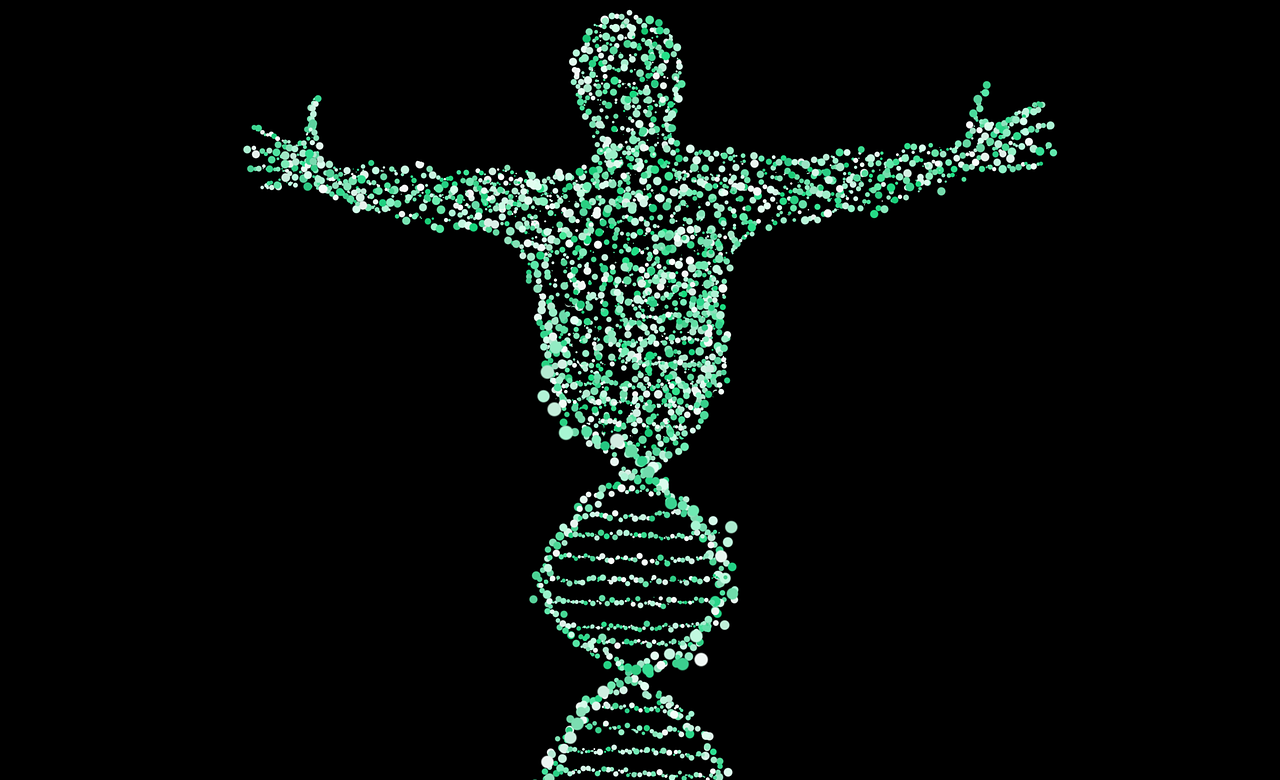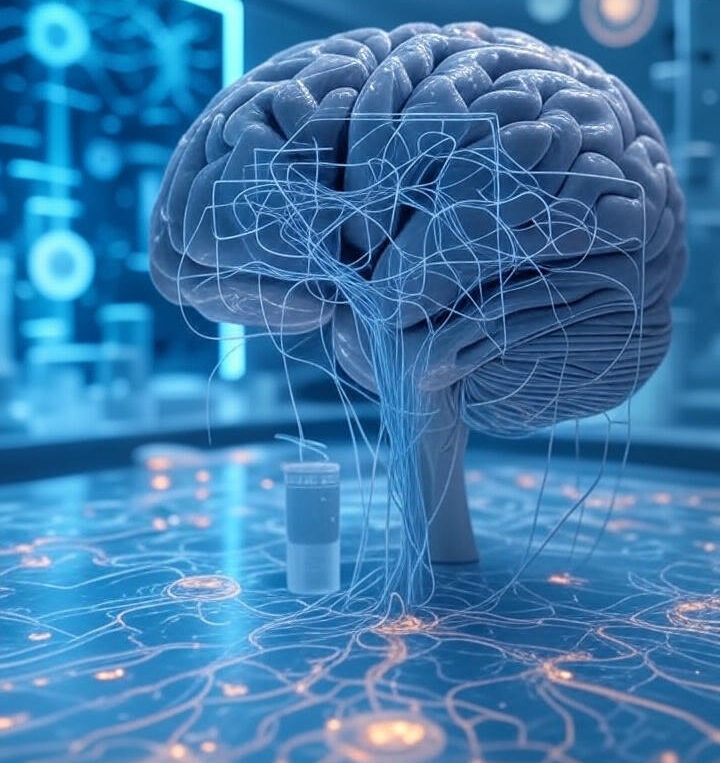The discovery of DNA’s structure as a double helix by James Watson, Francis Crick, Rosalind Franklin, and Maurice Wilkins in 1953 marked a pivotal moment in science. This breakthrough unveiled the molecular basis of heredity, fundamentally altering our understanding of life and catalyzing advancements across multiple disciplines. The understanding of DNA’s structure has revolutionized numerous fields, enabling practical applications that have reshaped science and society.
1. Genomics and Personalized Medicine
- Function: DNA sequencing technologies, such as next-generation sequencing, allow scientists to read entire genomes quickly and affordably. This enables the identification of genetic mutations linked to diseases like cancer, Alzheimer’s, and rare genetic disorders.
- Impact: Personalized medicine tailors treatments based on an individual’s genetic profile. For example, drugs like trastuzumab (Herceptin) target specific genetic markers in breast cancer patients.
- Key Research: The Human Genome Project (1990–2003) mapped the entire human genome, providing a reference for studying genetic variation. Ongoing projects like the 100,000 Genomes Project in the UK focus on integrating genomics into healthcare.
2. Genetic Engineering and Biotechnology
- Function: Techniques like CRISPR-Cas9 allow precise editing of DNA, enabling scientists to modify genes in organisms, from bacteria to humans.
- Impact: Genetic engineering has led to the development of genetically modified organisms (GMOs) for agriculture, such as pest-resistant crops, and biopharmaceuticals like insulin produced by genetically engineered bacteria.
- Key Research: CRISPR-based therapies, such as those targeting sickle cell anemia (e.g., Casgevy, approved in 2023), demonstrate the potential to cure genetic diseases. Research continues to refine gene-editing precision and address ethical concerns.
3. Forensic Science
- Function: DNA profiling, or DNA fingerprinting, identifies individuals based on unique genetic markers, such as short tandem repeats (STRs).
- Impact: DNA evidence has transformed criminal justice, aiding in convictions and exonerations. It is also used in paternity testing and identifying remains in disasters.
- Key Research: Advances in forensic genomics, such as analyzing degraded DNA or using next-generation sequencing for complex cases, enhance accuracy and expand applications.
4. Evolutionary Biology and Anthropology
- Function: Comparing DNA sequences across species or human populations reveals evolutionary relationships and migration patterns.
- Impact: DNA analysis has rewritten human history, showing interbreeding between Homo sapiens and Neanderthals and tracing ancient migrations, such as those out of Africa.
- Key Research: Projects like the Genographic Project use DNA to map human ancestry, while studies of ancient DNA (aDNA) from fossils provide insights into extinct species and early humans.
5. Synthetic Biology
- Function: Scientists design and construct new DNA sequences to create synthetic organisms or biological systems with novel functions.
- Impact: Synthetic biology has produced biofuels, synthetic vaccines, and engineered microbes for environmental cleanup, such as bacteria that degrade plastics.
- Key Research: The creation of a synthetic bacterial genome by Craig Venter’s team in 2010 marked a milestone, with ongoing efforts to engineer organisms for sustainable technologies.
How DNA’s Discovery Changed the World
The elucidation of DNA’s structure has had profound societal, scientific, and ethical impacts:
- Medical Advancements: DNA-based diagnostics and therapies have extended lifespans and improved quality of life. For instance, genetic screening for BRCA mutations helps prevent breast and ovarian cancers.
- Agricultural Productivity: GMOs have increased crop yields by up to 20% in some regions, addressing food security challenges, though they spark debates over safety and ethics.
- Criminal Justice Reform: DNA evidence has led to over 500 exonerations in the U.S. alone through initiatives like the Innocence Project, highlighting flaws in traditional forensic methods.
- Understanding Life: The discovery unified biology, providing a molecular explanation for heredity, evolution, and development, shifting paradigms from descriptive to mechanistic science.
- Ethical and Social Debates: DNA technologies raise questions about privacy (e.g., genetic data misuse), eugenics, and equitable access to treatments, prompting global policy discussions.
| Field | Before DNA Discovery | After DNA Discovery |
|---|---|---|
| Medicine | Treatments based on symptoms. | Precision medicine, gene therapy. |
| Forensics | Fingerprint-based evidence. | DNA profiling, cold case resolutions. |
| Agriculture | Selective breeding. | CRISPR-edited crops, drought-resistant plants. |
| Biotechnology | Limited genetic engineering. | Synthetic biology, biofuels, lab-grown meat. |
The discovery of DNA’s double-helix structure in 1953 was a turning point that reshaped science and society. By unlocking the secrets of heredity, it enabled breakthroughs in medicine, agriculture, forensics, and evolutionary biology, while sparking ethical and philosophical debates. Ongoing research in genomics, gene editing, and synthetic biology continues to push boundaries, promising a future where DNA technologies address global challenges like disease, food security, and environmental sustainability.
References (APA Format)
- Watson, J. D., & Crick, F. H. (1953). Molecular structure of nucleic acids. Nature.
- Doudna, J. A., & Charpentier, E. (2014). *The new frontier of genome engineering with CRISPR-Cas9.* Science.
- Venter, J. C. (2010). Creation of a bacterial cell controlled by a chemically synthesized genome. Science.















